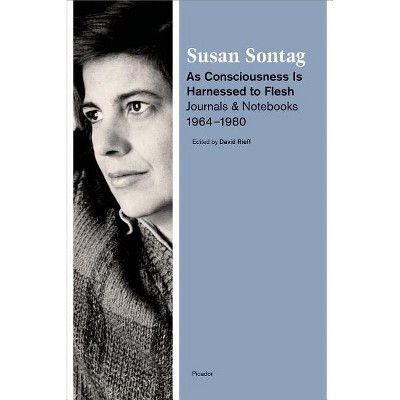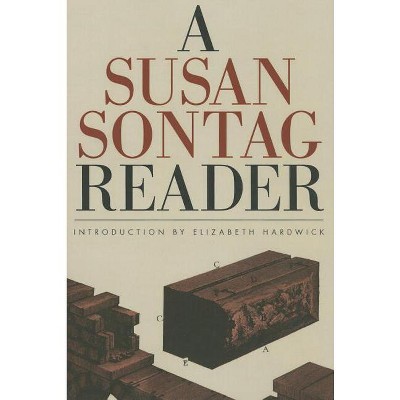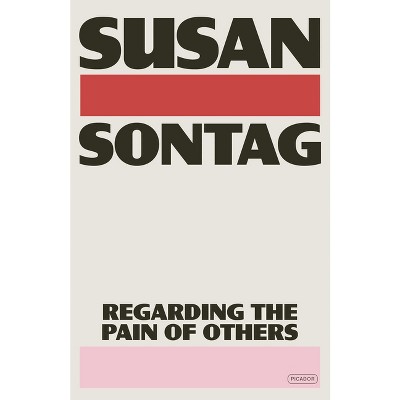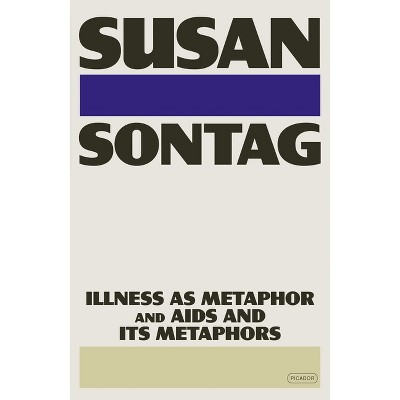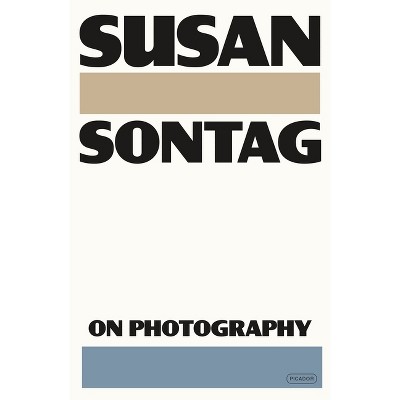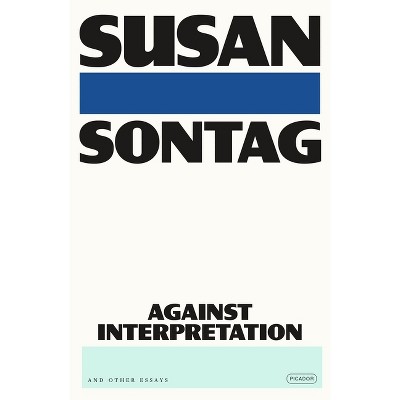Sponsored

Reborn - by Susan Sontag & Sontag & Rieff (Paperback)
In Stock
Sponsored
About this item
Highlights
- "In the journal I do not just express myself more openly than I could to any person; I create myself.
- About the Author: SUSAN SONTAG immediately became a major figure of our culture with the publication in 1966 of the pathbreaking collection of essays Against Interpretation.
- 336 Pages
- Biography + Autobiography, Literary Figures
Description
About the Book
This first of three volumes of Susan Sontag's journals and notebooks presents a constantly and utterly surprising record of a great mind in incubation. "Reborn" is a kaleidoscopic self-portrait of one of America's greatest writers and intellectuals.Book Synopsis
"In the journal I do not just express myself more openly than I could to any person; I create myself."
The first of three volumes of Susan Sontag's journals and notebooks, Reborn (1947-1963) reveals one of the most important thinkers and writers of the twentieth century, fully engaged in the act of self-invention. Beginning with a voracious and prodigious fourteen-year-old, Reborn ends as Sontag, age thirty, is finally living in New York as a published writer.Review Quotes
"A fascinating document of Sontag's apprenticeship, charting her earnest quest for education, identity, and voice . . . What slowly emerges . . . is a sense of Sontag's ferocious will. . . . She wanted to be a writer and would do almost anything to make that happen." --Darryl Pinckney, The New Yorker
"A portrait of the artist as a young omnivore, an earnest, tirelessly self-inspecting thinker fashioning herself into the phenomenon she will be . . . Her journal is her true first book, the story of a woman struggling with her consciousness." --Richard Lacayo, Time magazine "A revelation . . . As do all the best critics, Sontag gave us new metaphors for how to read and see. Fabulously, surprisingly, Reborn shows she used that skill to understand her own pell-mell life." --John Freeman, NPR.org "What's fascinating . . . is that the journal reveals and adolescent and, later, a young woman, in whom 'ambition'--in this case, an overpowering yearning to be surrounded by and immersed in literature and culture--vastly outeweighed, and seems to have overpowered, 'sexuality.' As she herself puts it in the last entry of this journal, 'intellectual wanting' was the equal of 'sexual wanting' " --Daniel Mendelsohn, The New RepublicAbout the Author
SUSAN SONTAG immediately became a major figure of our culture with the publication in 1966 of the pathbreaking collection of essays Against Interpretation. She went on to write four novels, including the National Book Award-winning In America, as well as a collection of stories, several plays, and seven works of nonfiction. She died in New York City on December 28, 2004.
Shipping details
Return details
Trending Non-Fiction






